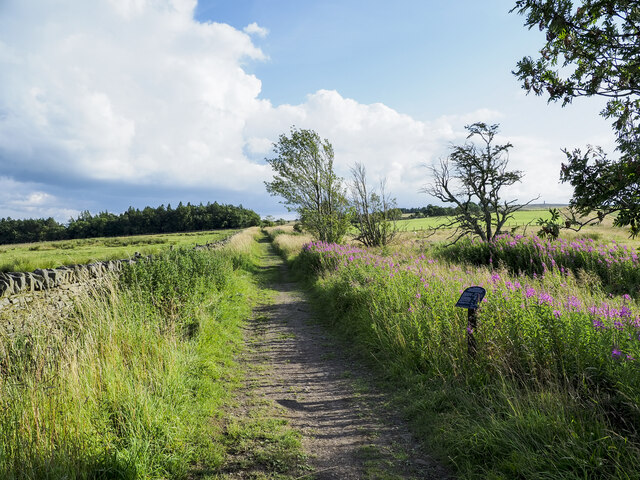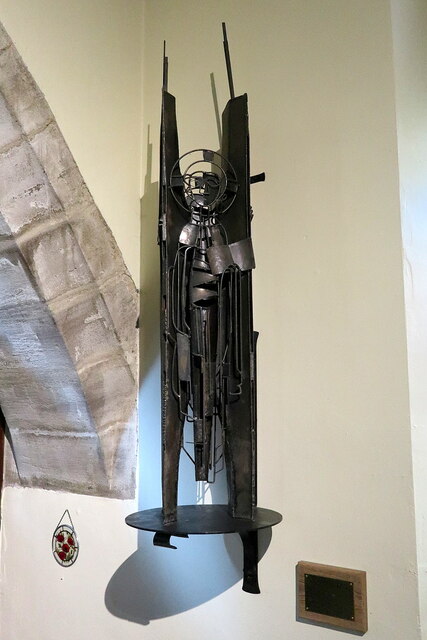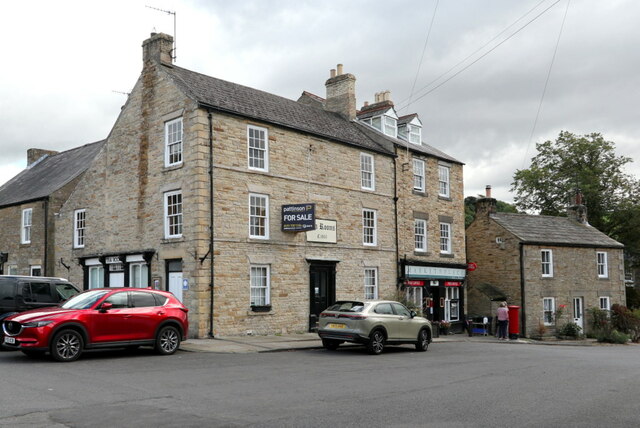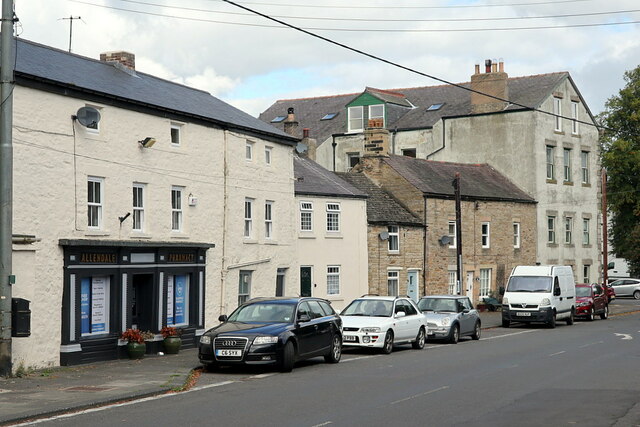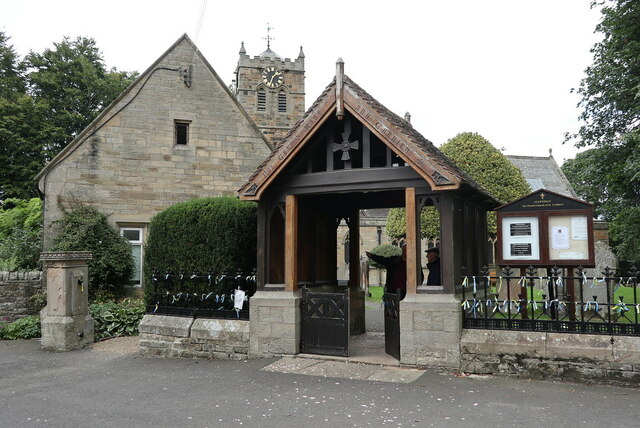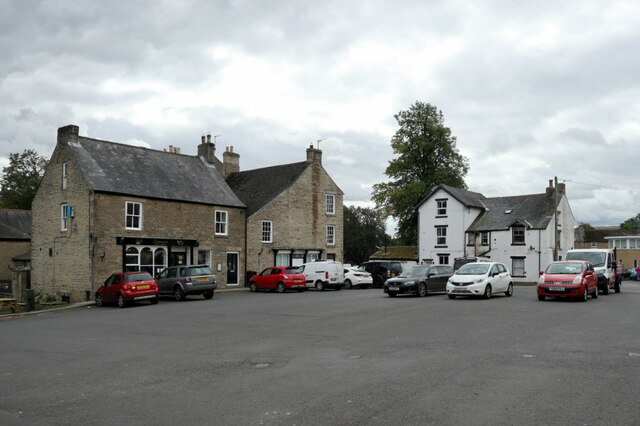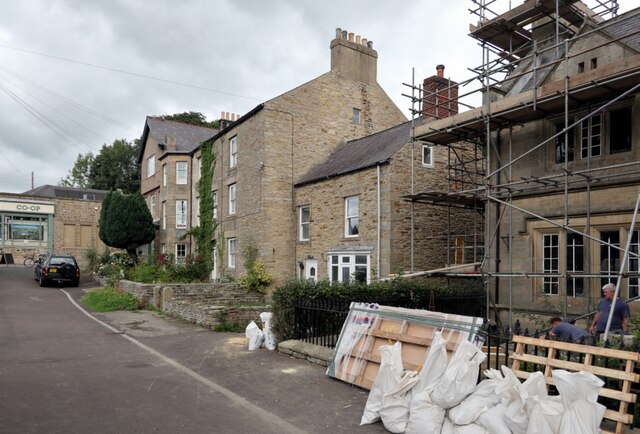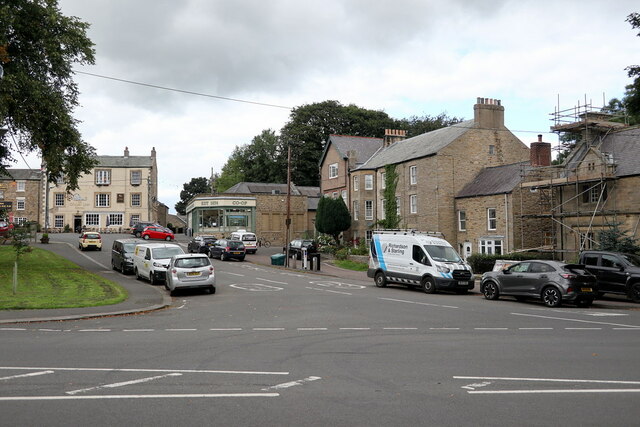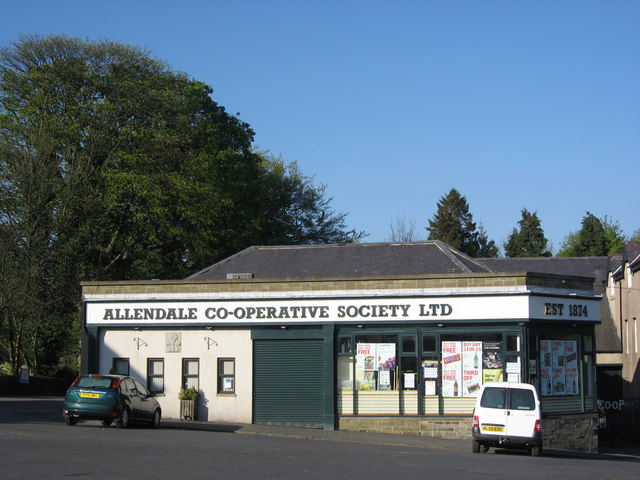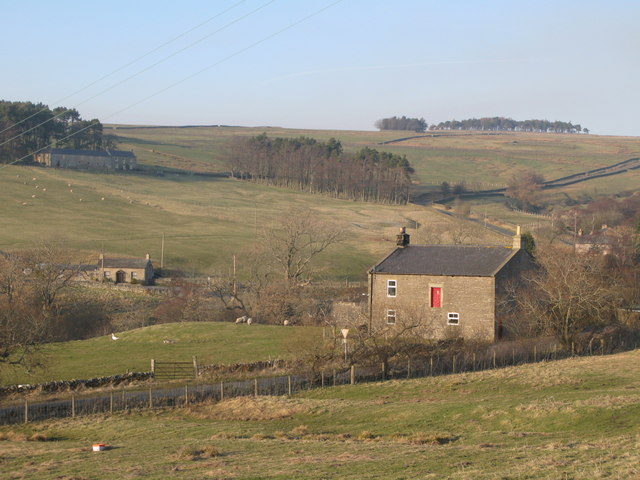Doctor's Plantation
Wood, Forest in Northumberland
England
Doctor's Plantation

Doctor's Plantation is a picturesque woodland located in Northumberland, England. Covering an area of approximately 100 acres, this plantation is often referred to as Doctor's Wood or Doctor's Forest due to its dense and lush vegetation. The woodland is nestled in the heart of the Northumberland countryside, offering visitors a tranquil and serene environment to explore.
The plantation is known for its diverse range of tree species, including oak, beech, birch, and pine. These towering trees create a dense canopy that provides shade and shelter to a variety of wildlife. The forest floor is covered in a carpet of bluebells and wildflowers during the spring and summer months, adding a burst of color to the landscape.
Visitors to Doctor's Plantation can enjoy a network of well-maintained walking trails that wind through the woodland. These trails offer stunning views of the surrounding countryside and provide opportunities for birdwatching and wildlife spotting. The plantation is home to a range of bird species, including woodpeckers, owls, and various songbirds.
The woodland also boasts a small pond, which is a popular spot for nature enthusiasts and photographers. The pond attracts a range of water-loving creatures, such as ducks, frogs, and dragonflies, providing a peaceful setting for reflection and observation.
Doctor's Plantation is easily accessible, with ample parking available for visitors. It is a popular destination for families, nature lovers, and outdoor enthusiasts looking to immerse themselves in the beauty of Northumberland's natural landscapes.
If you have any feedback on the listing, please let us know in the comments section below.
Doctor's Plantation Images
Images are sourced within 2km of 54.890993/-2.2551774 or Grid Reference NY8355. Thanks to Geograph Open Source API. All images are credited.
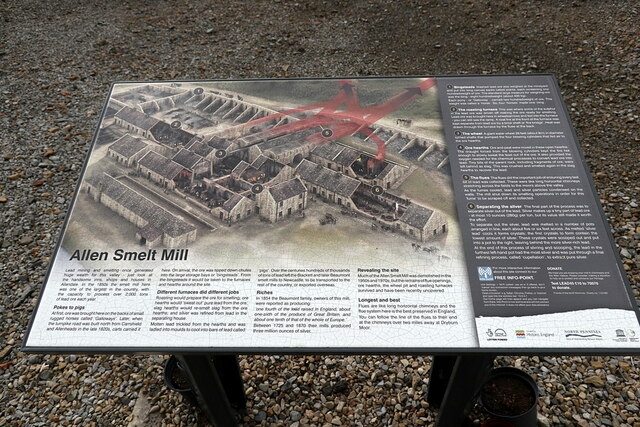
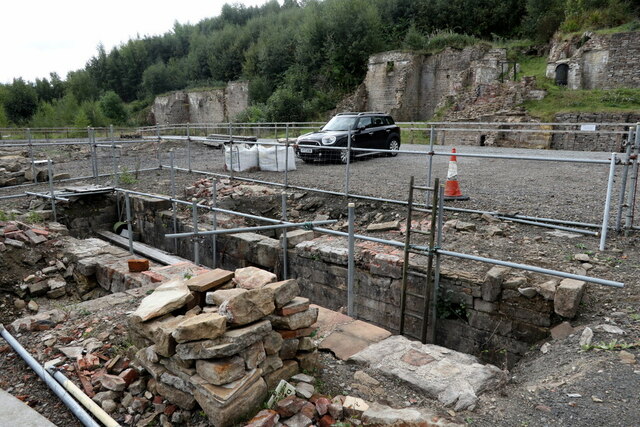
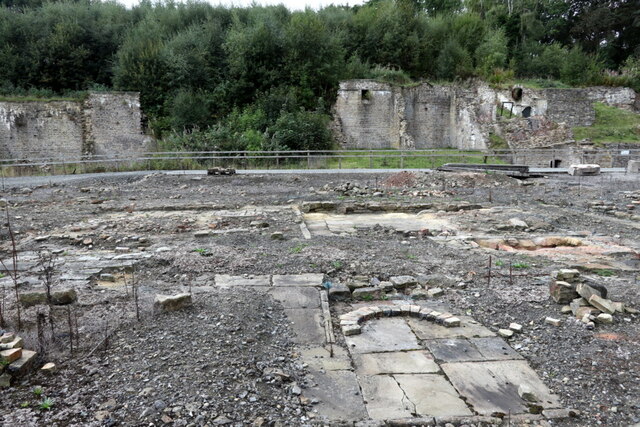
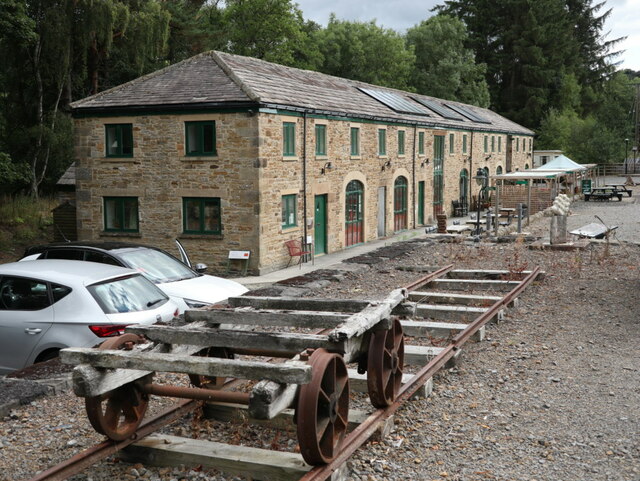
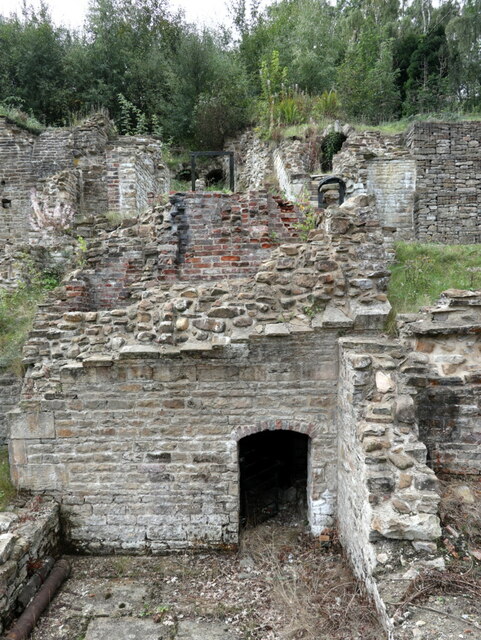
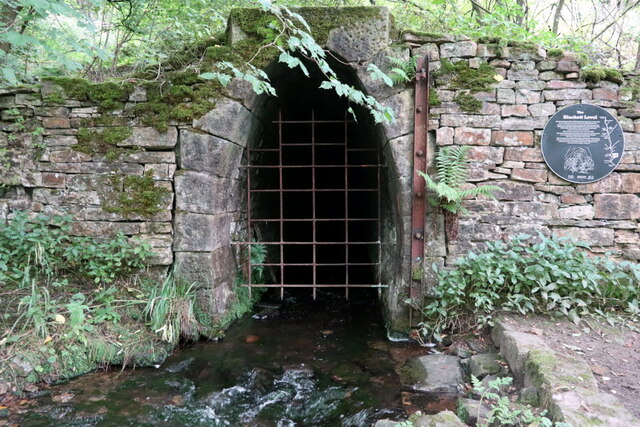
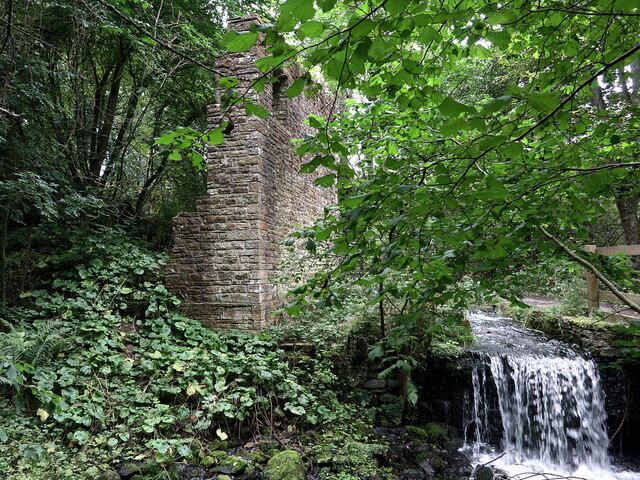
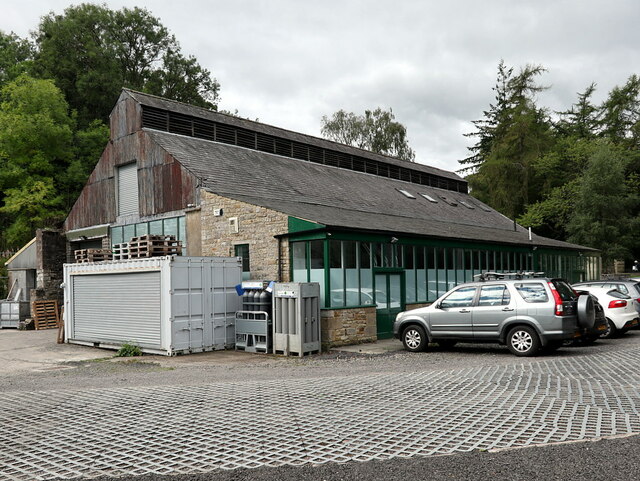
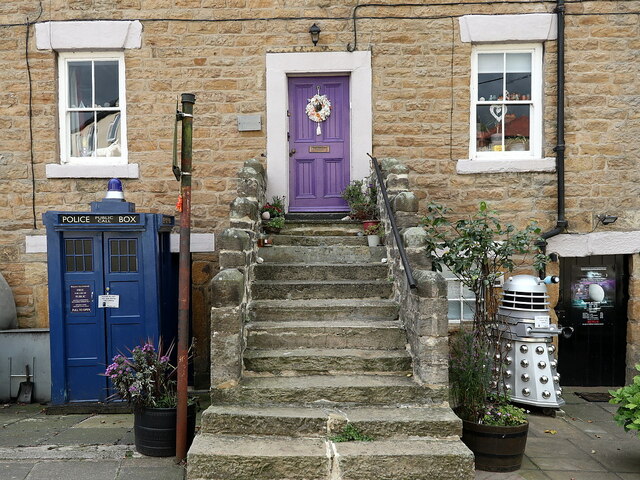
Doctor's Plantation is located at Grid Ref: NY8355 (Lat: 54.890993, Lng: -2.2551774)
Unitary Authority: Northumberland
Police Authority: Northumbria
What 3 Words
///toothpick.finest.breakaway. Near Haydon Bridge, Northumberland
Nearby Locations
Related Wikis
Allendale, Northumberland
Allendale, often marked on maps as Allendale Town, is a village and civil parish in south west Northumberland, England. It is located within the North...
Museum of Classic Sci-Fi
The Museum of Classic Sci-Fi is in Allendale, Northumberland in England. The museum opened in 2018 and houses a collection of more than 200 props, costumes...
Allendale Co-operative Society
Allendale Co-operative Society is a small consumer co-operative in the village of Allendale, Northumberland, England. Founded in 1874 as the Allendale...
Allendale railway station
Allendale railway station was the terminus of the single track branch of the Hexham and Allendale Railway, in north east England. The line connected villages...
Catton, Northumberland
Catton is a village in Northumberland, England. It is about 7 miles (11 km) to the southwest of Hexham and is located on the outskirts of Allendale �...
Acton, Northumberland
Acton is a small hamlet in Northumberland, north-east England, about 3 miles (5 km) south of Allendale Town. Acton is usually Anglo-Saxon Old English...
Sinderhope
Sinderhope is a hamlet situated on the east Allen Valley in south-west Northumberland. The population is spread over farms in an area approximately 25...
Allen Confluence Gravels
The Allen Confluence Gravels is the name given to a Site of Special Scientific Interest (SSSI) in Northumberland, England. The site, listed since 1968...
Nearby Amenities
Located within 500m of 54.890993,-2.2551774Have you been to Doctor's Plantation?
Leave your review of Doctor's Plantation below (or comments, questions and feedback).
